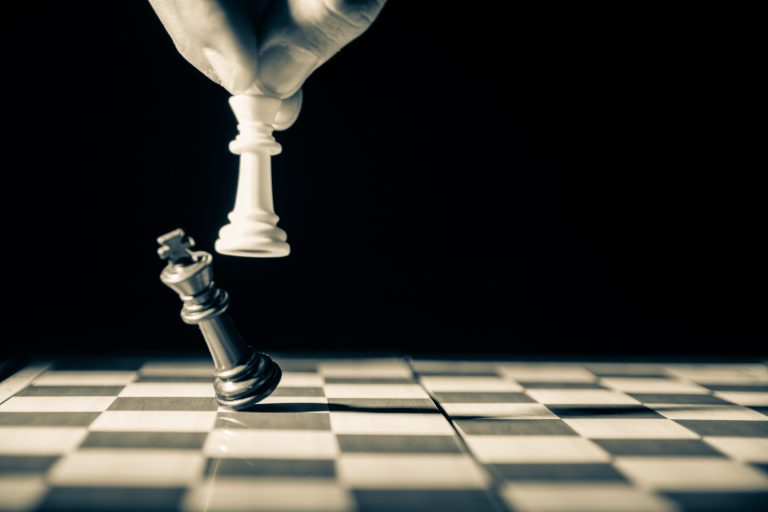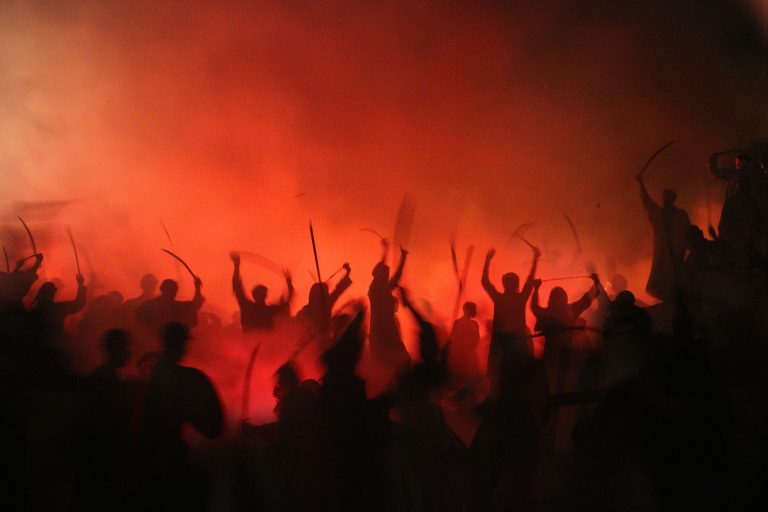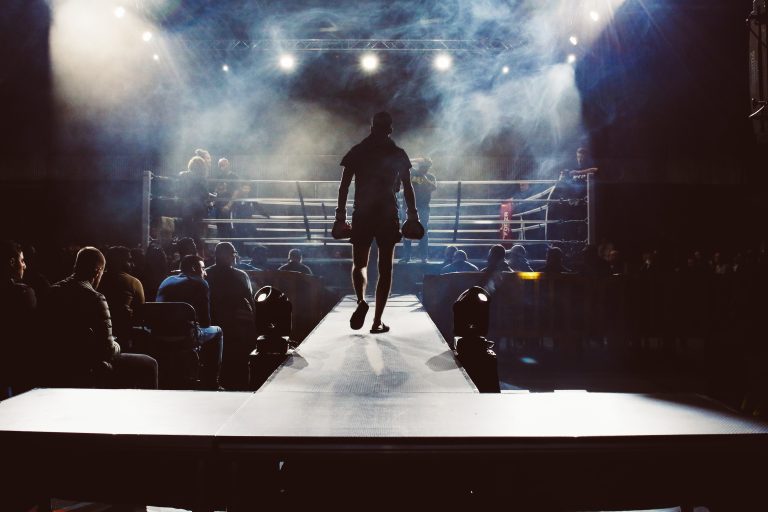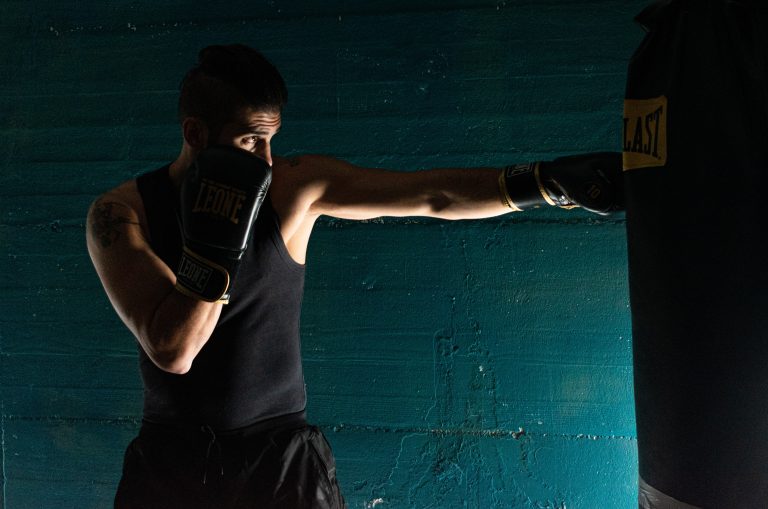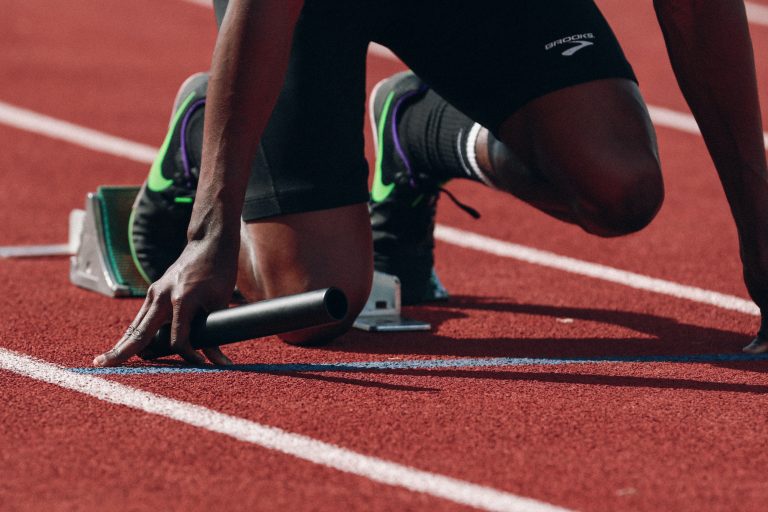Exploring the Origins of Karate: A History of the Martial Art
Karate is a martial art that is practiced by millions of people around the world. This centuries-old form of self-defense has evolved significantly since its inception and is now widely seen as an exercise and sport in addition to a form of self-protection. The origin of karate can be traced back to the mountainous terrain of Okinawa, Japan, but its development over the years has led to many branches of the martial art—some of which have vastly different history and ideologies. In this blog post, we take a deep dive into the history of karate and explore how it has developed into the beloved martial art that it is today.
The Ancient Origins of Karate
Karate is believed to have originated hundreds, if not thousands, of years ago in Okinawa, Japan. The first use of martial arts by Okinawa natives dates back to the 16th century, when enemies from both Korea and China invaded the Ryūkyū Islands. These ancient Okinawans had no formal training in combat, so they used their environment and everyday objects as weapons for defense. They eventually developed a sophisticated series of movements, strikes and defensive stances that would eventually become the foundations of karate.
These early forms of karate were based on two main styles: Shuri-te, which was developed in the city of Shuri and was characterized by quick and agile motions; and Naha-te, which focused primarily on combined body movements that emphasized power and control. While the art was practiced mostly in Okinawa, many Okinawans traveled to other provinces (particularly Fujian) and brought techniques or principles with them.
The Development of Modern Karate
In the late 1800s, Master Gichin Funakoshi was credited with introducing karate to mainland Japan and developing the modern forms that are still used today. Funakoshi changed the original Chinese characters for “empty hand” (空手) to “open hand” (唐手) in order to make the terms more palatable for Japanese people. He further changed the names of many of the movements so that they became more recognizable for Japanese audiences. It was through Funakoshi’s teachings and dedication that modern karate became a widespread martial art.
Modern karate is structured in two different ways: traditional karate (focused on self-defense techniques) and sport karate (focused on competitions such as kata). Traditional karate includes many moves or techniques that were established hundreds of years ago in Okinawa, such as blocking and striking techniques; sport karate includes additional techniques such as spinning kicks and flying kicks, as well as a freestyle category that encourages spontaneous movements. This allows athletes to express themselves fully while competing in tournaments.
Types of Karate
The wide-spread popularity of karate has led to the development of various styles and forms—each with their own unique history and approach to self-defense. While all styles adhere to common principles and basic techniques, such as blocks and strikes, each style has its own distinguishing features that set them apart from one another. The five major styles of karate are:
- Shotokan – often referred to as “international style”; the most popular form of Japanese karate.
- Goju-Ryu – characterized by breathing techniques, circular movements and soft blocks.
- Wado-Ryu – an offshoot of Shotokan that incorporates aspects of judo; focused on fast movements.
- Kyokushin – combines punches, kicks and grappling techniques; emphasizes hard training.
- Shito-Ryu – a long form that utilizes powerful blocks; derived from goju-ryu.
These five styles serve as broad guidelines for practitioners, but there are many other forms of karate—many with very different focuses or approaches. For instance, Yoshukai Karate is a full contact style that incorporates punches, kicks and throws, while Gendai Budo is a modern form that emphasizes spiritual development over physical training. It is up to individual practitioners to choose which style best fits their interests and needs—seeking out instruction accordingly.
The Instructional Side Of Karate
Before delving into a style of karate, it is important for practitioners to receive proper instruction from a qualified sensei (instructor). A sensei will guide students through everything from etiquette and discipline to detailed instruction on basic moves, self-defense tactics and more. Becoming a sensei requires commitment and experience—often including several years of dedicated practice and sponsorship from a sensei with a higher rank—and should not be undertaken lightly. Fortunately, there are many organizations around the world dedicated to helping aspiring senseis attain certifications such as the International Shotokan Karate Federation or the American Council on Martial Arts.
The Legacy of Karate Today
Karate continues to be an incredibly popular form of martial arts today—with many practitioners using it as an alternative way to stay healthy, mentally and physically. It has moved away from the original strictly defensive use it was created for and now incorporates different styles, senses and levels of physicality. Moreover, its influence has extended beyond Japan—popping up all across the world in major cities as a regular form of exercise or leisure activity for all ages and skill levels. There’s no doubt that this treasured martial art will stay popular for years to come as more people recognize its potential for improving physical and mental strength.
Conclusion
Karate certainly has interesting origins—beginning as a way to protect against enemy invasion hundreds of years ago before evolving into a modern form of self-defense, exercise and sport around the world today. Its deep roots are evident even in its timeless forms, which still utilize key principles from ancient Okinawan martial arts. It continues to thrive as people everywhere recognize its benefits both physically and mentally—an appreciation for something far more lasting than its centuries old beginnings suggest.
Exploring the Origins of Karate: A History of the Martial Art
Karate, which means “empty hand,” is a form of martial art that originated in Okinawa, Japan. It is a popular form of self-defense and physical exercise that has now spread throughout the world, with millions of practitioners worldwide. In this blog post, we will explore the origins of Karate, its fascinating history, and answer some of the most frequently asked questions about this martial art.
What is the history of Karate?
Karate’s origins can be traced back to the Ryukyu Islands (now Okinawa) in Japan. Around the 14th century, Ryukyu was a prosperous trading hub between China, Southeast Asia, and Japan, and its people had strong cultural ties with the region. The origin of Karate was influenced by the Chinese martial arts system Kung Fu, which was brought over to Ryukyu by Chinese merchants and diplomats.
Over the centuries, the development of Karate was influenced by various masters and samurai, including Funakoshi Gichin, who is credited with bringing modern Karate to Japan in the early 20th century. Funakoshi’s teachings formed the basis of Shotokan karate, which is still widely practiced today.
What are the benefits of practicing Karate?
There are many benefits of practicing Karate, including physical, mental, and emotional benefits. Here are some of the most important ones:
1. Improved fitness: Karate is an excellent workout that builds strength, endurance, and flexibility.
2. Self-defense: Karate teaches self-defense techniques that can be effective in real-life situations.
3. Stress relief: Karate can be an excellent way to manage stress and improve your mental health.
4. Improved confidence: Karate can help you develop confidence and self-esteem.
5. Discipline: Karate requires discipline and focus, which can translate into other areas of your life.
What are the different styles of Karate?
There are many different styles of Karate, each with its own unique characteristics and techniques. Here are some of the most popular styles:
1. Shotokan: Shotokan is one of the most popular styles of Karate, and it is known for its emphasis on strong stances and powerful strikes.
2. Goju-ryu: Goju-ryu focuses on combining hard and soft techniques, with an emphasis on close-range combat.
3. Shito-ryu: Shito-ryu combines traditional Okinawan Karate with elements of Chinese martial arts.
4. Kyokushin: Kyokushin is known for its hard-hitting techniques and full-contact sparring.
5. Wado-ryu: Wado-ryu emphasizes fluid movement and evasion techniques, with an emphasis on the use of leverage and timing.
What is the grading system in Karate?
Karate has a belt system that represents the different levels of proficiency. The belt system starts with a white belt and progresses through different colors, including yellow, orange, green, blue, brown, and black. Each color represents a different level of skill and knowledge.
Can Karate be practiced by children?
Yes, Karate can be practiced by children, and it is an excellent way for them to learn self-defense, improve their physical fitness, and develop discipline and confidence. Many Karate schools offer classes specifically designed for children.
In conclusion
Karate is a fascinating martial art with a rich history and many benefits. Whether you are interested in self-defense, physical fitness, or personal development, Karate can be an excellent choice. With so many different styles and schools available, there is something for everyone. So why not explore the origins of Karate and start your journey today?
Inhaltsverzeichnis

